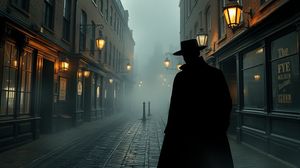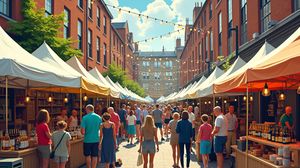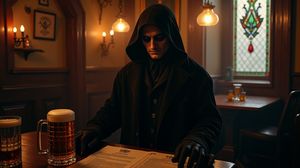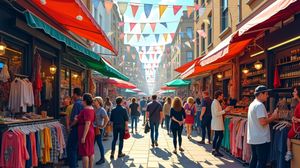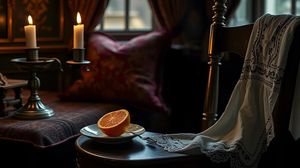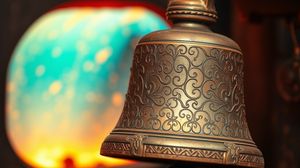
19 Princelet Street, Spitalfields, is a remarkable building nestled in the heart of London's East End, known for its historical significance and its striking architectural features. The house offers a unique glimpse into the multicultural fabric of Spitalfields through the centuries.
This Grade II* listed building dates back to 1719 and stands as one of the rare surviving examples of a Huguenot silk weaver's home. The Huguenots, French Protestants fleeing religious persecution in the 17th century, brought their silk weaving skills to the area, greatly influencing its development.
A distinctive feature of 19 Princelet Street is its untouched, raw state. Unlike other historic houses, it has been preserved in a manner that showcases the layers of history through its peeling paint, exposed plaster, and atmospheric rooms, offering an authentic historical experience.
The building is notable not only for its architecture but also as the site of one of the earliest synagogues built in England, constructed within its garden in 1869. Founded by Polish Jewish immigrants, it highlights the waves of immigration that have shaped the area.
Visitors are often captivated by the palpable sense of history and the tangible connection to the diverse communities that have called Spitalfields home over the centuries. It's a place where stories from different eras and cultures intertwine in a compelling narrative.
19 Princelet Street is not a typical museum; its charm lies in its ability to evoke the past without modern reinterpretation. It serves as a thought-provoking space for exhibitions on migration, identity, and social issues, albeit these are infrequent due to the building's delicate condition.
Although it's not regularly open to the public, 19 Princelet Street's rare open days attract significant interest from historians, architects, and those passionate about London's diverse cultural heritage, making each visit a special occasion.

Making the Most of Your Visit:
When you visit 19 Princelet Street, keep an eye out for the incredible blend of architectural styles that reflect the building's long history. You'll see features from the early 1700s mixed with Victorian elements—it's like a time capsule of design!
Take your time when exploring the interior. The seemingly preserved-till-decay state is intentional—this isn't a museum with shiny glass cases. The peeling paint and creaky floorboards tell stories of past inhabitants, so let your imagination wander.
If you're lucky enough to coincide with one of its rare open days, don't rush through. Engage with any exhibitions that might be on, as these often focus on migration and cultural change, tying together the building's narrative with current social issues.
Remember, photography inside 19 Princelet Street is usually not allowed, and even if it's permitted, the delicate condition of the interiors means it's best to just soak in the experience with your eyes and leave with memories.
Finally, explore Princelet Street itself, as it provides context for the house's story. The street, along with the surrounding area, offers more examples of Spitalfields' historical diversity, with lots of hidden details for the keen observer.

Visiting Times & Costs:
Access to 19 Princelet Street is very limited due to the building's fragile condition and ongoing preservation efforts. It is not regularly open to the public.
Occasionally, the building hosts open days and special events, but these are infrequent. It is advisable for interested visitors to check for announcements regarding these open days.
There is typically no fixed entrance fee for these open days. However, donations are often welcomed to help with the maintenance and preservation of the building.
Note that the building has significant accessibility challenges. Due to its historical structure and state of preservation, wheelchair access and facilities for those with restricted mobility are limited. Visitors should take this into consideration when planning their visit.

Address & Map:

Nearby:





